Long gone are the days where San Antonio caregivers of people with special needs and disabilities are on their own to figure out which services they need, when they need them, and how to fit it all into their schedules.
Morgan’s Multi-Assistance Center (Morgan’s MAC) has a new way forward for families with coordinated care among more than 30 community partners, providing what they call “Ultra-Accessible” services for anything from speech therapy to legal services, and even dental care and eye exams.
“An individual with disabilities — especially if they are diagnosed in their early childhood — may go to different therapies that are all over the city,” says Leslie Neely, associate professor in educational psychology at UTSA and director of the UTSA Child and Adolescent Policy Research Institute. “Often times caregivers can’t work full-time because they spend so much time navigating services and taking them to different appointments. Morgan’s MAC will improve the health and quality of life for these individuals and their caregivers.”
Children receive customized support from partners in Morgan’s MAC Network. I Photo Courtesy of Morgan’s Wonderland
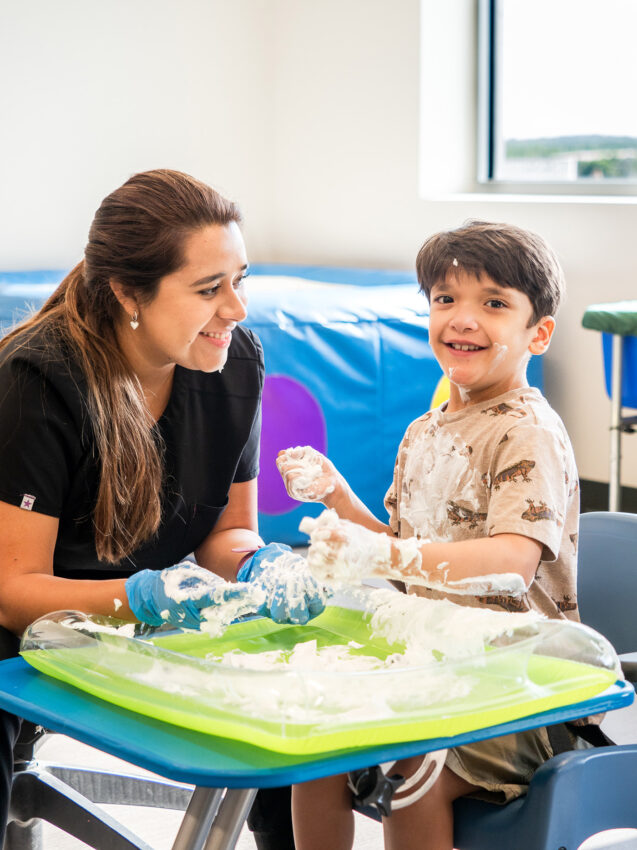
Erica Sosa, associate dean for research success, professor of public health and co-director of the UTSA Center for Community Based and Applied Health Research and Neely, who is also the associate director of the UTSA Brain Health Consortium, are determined to help members of Morgan’s MAC succeed by helping evolve and streamline their services.
“We formed the Evaluation and Research Coordinating Center (ERCC), in which UTSA is the leading community partner, to perform an external evaluation of the Morgan’s MAC Care Model and lead innovative research efforts,” Neely says.
The Morgan’s MAC Care Model consists of team members, also known as MAC Navigators, serving as single points of contact for families. The Navigators guide caregivers to service providers and track the children’s progress and their follow-ups through an electronic platform called MACNav.
This new groundbreaking system has promise to become a model for others across the country who are seeking to serve people with disabilities and special needs. The ERCC will be the primary group to evaluate the effectiveness of Morgan’s MAC and help share findings with the larger community.
“UTSA researchers are collecting surveys and qualitative feedback from MAC members to help assess the quality of services provided and the overall satisfaction from the patient perspective,” Sosa says.
The goals of the ERCC are to inform the work being done at Morgan’s MAC, identify opportunities for quality improvement, share success stories, collaborate for funding opportunities, and facilitate innovative research to improve quality of life for people with disabilities.
These efforts including creating a network of researchers to collaborate with Morgan’s MAC to improve care in San Antonio and evaluate Morgan’s MAC Care Model.
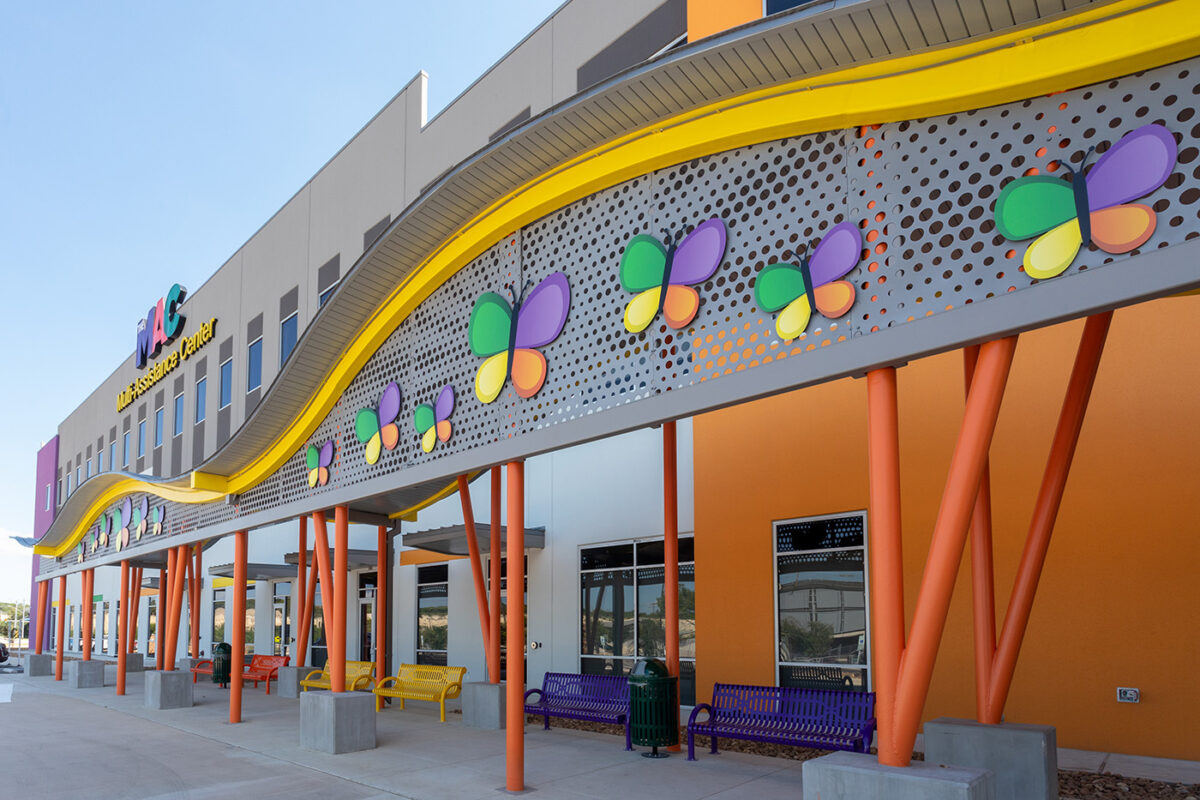
“Every quarter we will collect and share data, including process data and member surveys, and we will be able to report on how Morgan’s MAC Care Model is improving care and the quality of services,” Sosa says.
“We are also looking at the impact of the coordination of care on quality of life and health outcomes. Morgan’s MAC has a very innovative model. It’s the first of its kind in the nation, so it will be exciting to tell the story.”
Through the partnership, UTSA is also currently providing severe behavior support as part of the autism committee at Morgan’s MAC, which Neely leads.
“One of the things that was clear early on, and not a surprise to me, was the need for severe behavior support,” Neely says. “Severe behavior can be very difficult for caregivers to navigate and it just so happened that we were at the right place at the right time to help fill this.
In the Severe Behavior Lab, the researchers are analyzing the client’s behavior on a microscopic level for two hours a week as part of behavioral analyst therapy.
“I believe that there is no such thing as a ‘bad’ kid. Kids may be aggressive or destructive because they are trying to communicate a want or a need, or perhaps discomfort or pain,” Neely says. “To help with this issue, we conduct our assessment to figure out what they are trying to communicate. We take observational data, graph it, and make a conclusion or translation of what their behavior means for them. Then we design an intervention that is tailored to them. Often times we are looking at making their communication more effective, more efficient and easier than the problematic behavior.”
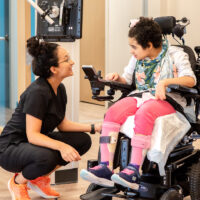
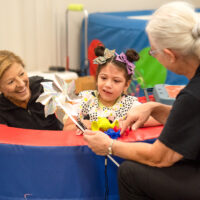
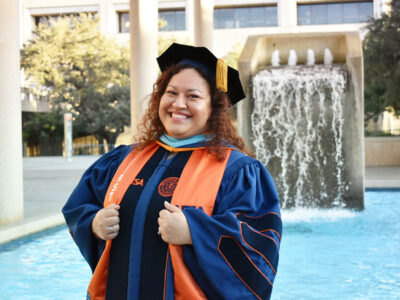
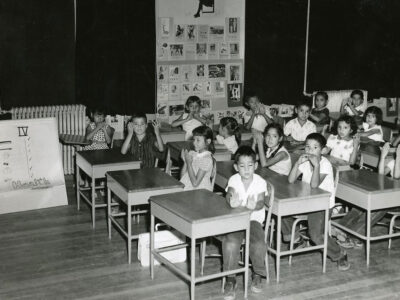
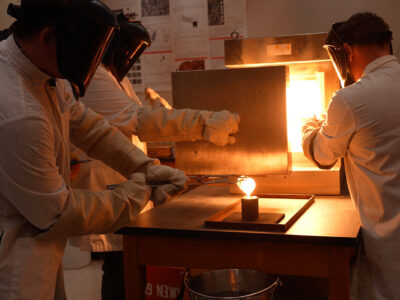
No comment yet, add your voice below!